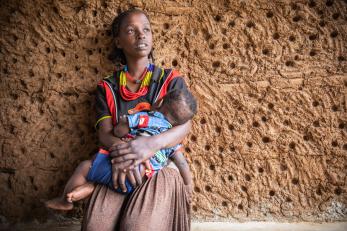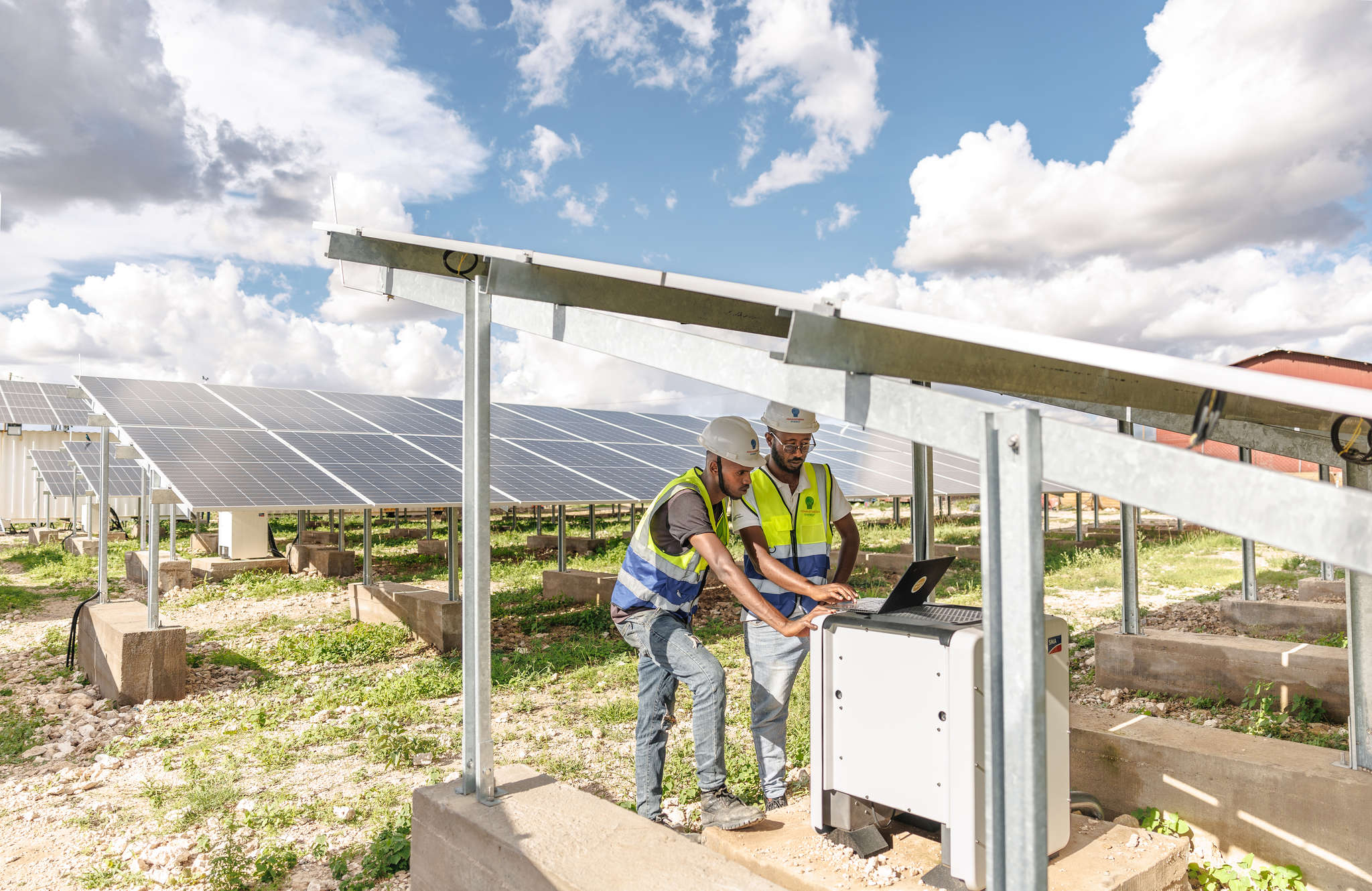Waiting for rain: Living in a dry season that never ends

It's the rainy season in Ale, Ethiopia. But you wouldn't know it. The farmlands are plowed and ready for rain, but there isn't a raindrop on the ground or any signs of storm clouds in the sky.
Rain came in the end of February, but Tutu, a local farmer, tells us it quickly “escaped” — gone before the seeds got their fill. If the rains never come back, this will be the second season in a row that there's no harvest.
They're still waiting.
As drought becomes increasingly severe each year, Ethiopia's rangeland becomes more precious. For millions, protecting it is a matter of life and death: It's the main source of food for cattle, which is the main asset and source of income for the country's pastoralists.
We know that the impacts of climate change affect every country on every continent, but people living in the world's poorest countries are feeling the greatest effects. In Ethiopia, worsening drought is challenging the livelihoods of more than 80 million farmers, who depend on agriculture — mainly subsistence and rain-feed farming and livestock production — to survive.
Agriculture is the bedrock of the economy in Ethiopia. It accounts for almost half of GDP and 90 percent of all exports. Over 80 percent of the population depends on agriculture to make a living.
As the rain holds off and herders roam further and further on the hunt for food and water, pastoral borderlines have been blurred and once-lush grasslands have become trampled, barren and dry. Mercy Corps is working with villagers like Tutu, 29, to protect their land so they have enough grass to feed their cattle and survive the dry season.
A group effort

As secretary of a farmers group supported by Mercy Corps, Tutu worked with us to form the group, which then used GPS to define the boundaries of their land, erect fencing and draft bylaws that would keep people — and their cattle — off of it.
“After protecting the land and enforcing the bylaws, the grass began growing again,” shares Tutu. “We are very happy with the progress. It was a barren land, totally out of grass. ... But now we have rehabilitated it, so we can now easily get grass for our cattle. We can also supply it for other villages that need it.”
Tutu's group lives in one of the driest areas in the district.

Gale, 21, is a member of the farmers group. Before she prepares breakfast and sends her children off to school, she starts her day by walking twenty minutes to the river to fetch water for her family. But there is no river, and there is no water pump. The riverbed is bone dry. So she uses her hands to dig in the sand until she finds water.

Gale has been a farmer her whole life, but climate change is making it more difficult than she'd ever wish for her children, and she doesn't want them to go down the same path.
“Nowadays we see different people who are changing their lives through education. That is why I insist on sending my boys to school,” she says, as she pauses from slashing grass on a steep hillside.
For Gale and Tutu's community, working together has become necessary to adapt to the challenges of climate change. The business of managing and rehabilitating rangeland is physically demanding work, and more easily accomplished as a group. It means less strain on each individual farmer, and more seeds sown. And it's communal land — “everyone has a stake in it,” says Tutu, so working together ensures less conflict of interest. They all share the land, they all face the same risks; it's in everyone's best interest to work together to find solutions.

“Life is very difficult here in our area. The situations are not good for farmers. It is difficult to get a good income from farming nowadays,” says Gale.
Preparing for an uncertain future
Luckily, preserving the rangelands has helped Tutu and Gale’s group raise and sell their cattle faster — in just three to four months' time, when it used to take a year. This means more profit, and more to invest in preparing for the future.
Tutu says the group is planning to take what they've learned from Mercy Corps and designate another area to protect and rehabilitate, so they have more surplus grass to sell. They'll divvy up the money they earn from selling their cattle and the grass between individual households, and have shared plans to build a house to store grain that they buy from highland areas, which they'll sell to the community at a fair price. They're also planning to use the money to support elderly people in the village who don't have children to help them.
Across Ethiopia, we are helping people like Tutu and Gale protect their resources and adapt to the challenges of a rapidly changing climate.

As climate change accelerates, and the dry season gets longer and longer, actions like these are crucial — but they might not be enough.
The harsh reality is this, as Tutu puts it: “Even if we preserve this land, it might be hard to cope with climate change.” But even so, Tutu remains optimistic about the future.
“We never saw this type of change in the degraded area. We are seeing with our own eyes. So I hope the future is bright for me and for the rangeland. We are happy. We are still motivated.”
How you can help
Our work to help communities adapt and adjust to climate change challenges is only possible because of people like you. Your support can help us reach even more communities with the assistance they need to preserve their resources and build a stronger, more resilient tomorrow.


